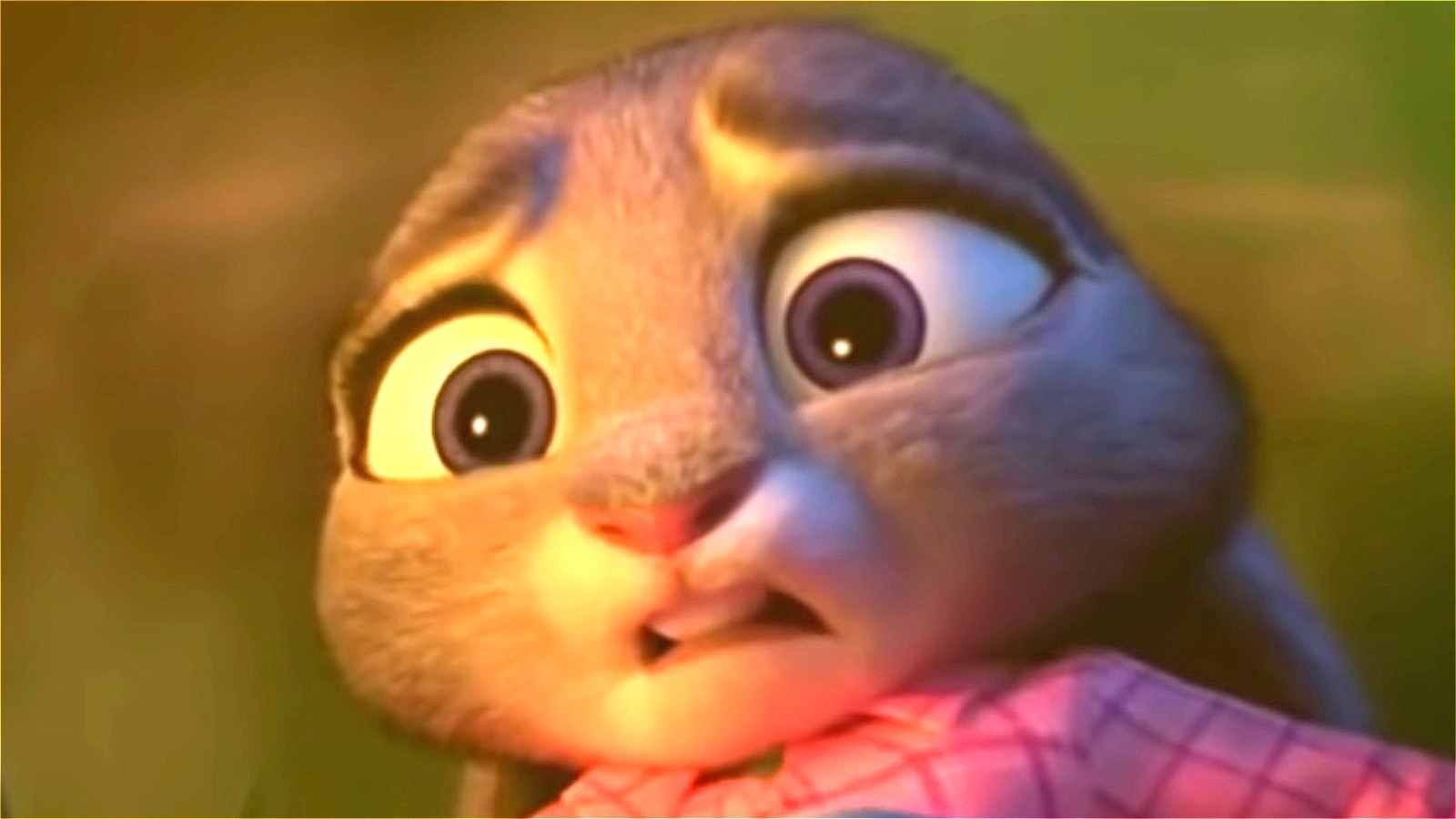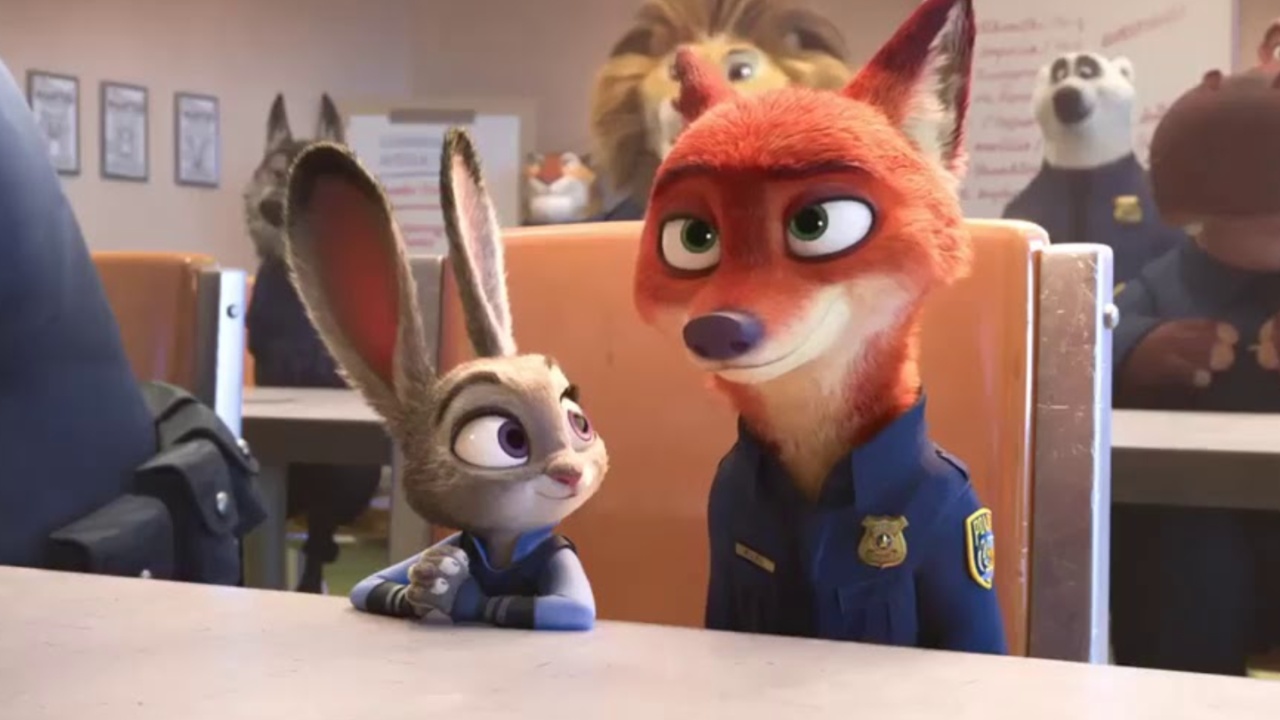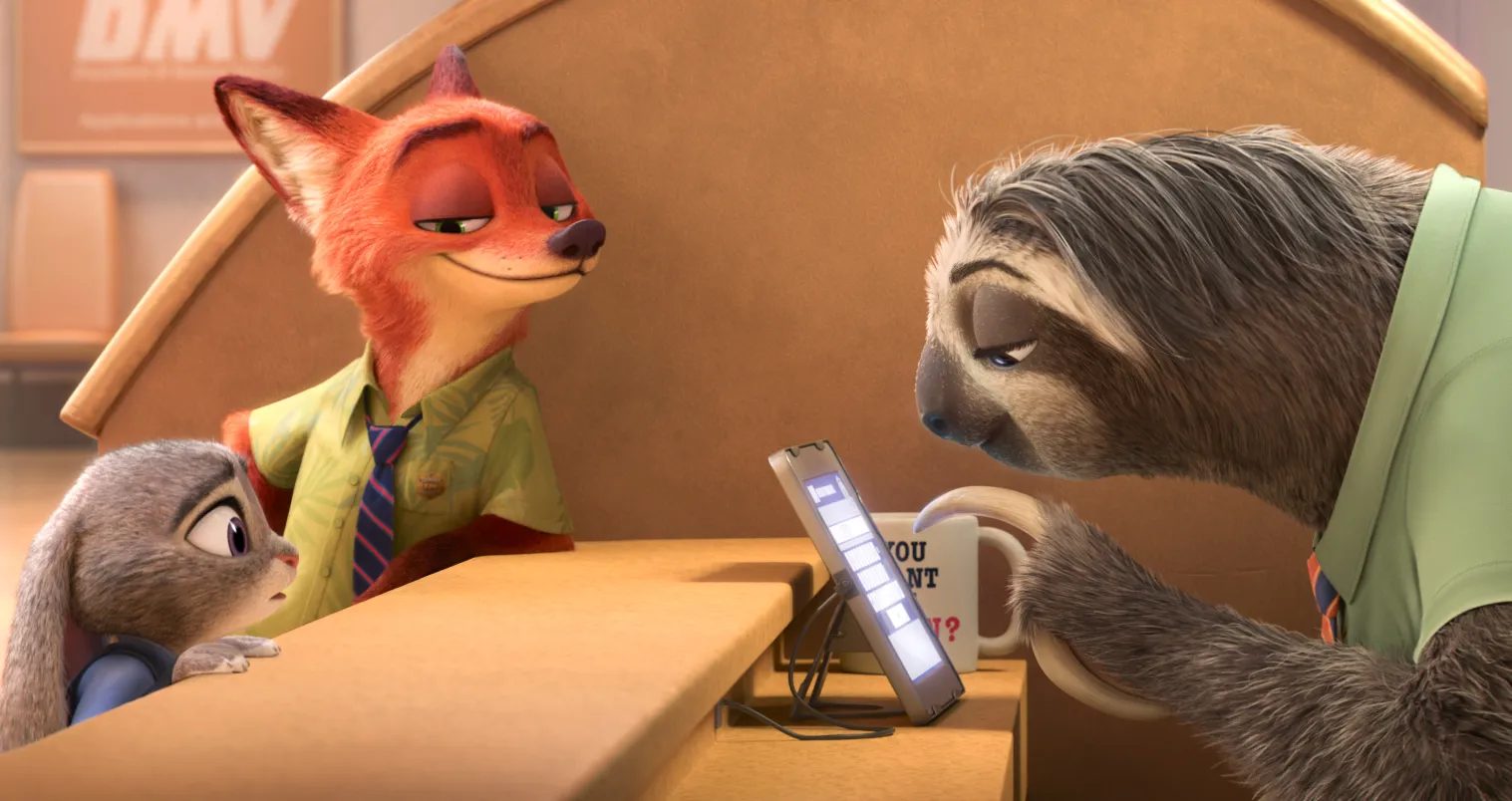The announcement of Zootopia 2 has revived enthusiasm for the original Oscar-winning film. As the highest-ranked Disney movie on Rotten Tomatoes, Zootopia continues to attract attention for its creative setting, where animals with human traits live together in a seemingly harmonious society. This harmony is the result of predators suppressing their natural instincts in order to coexist peacefully with prey. With excitement growing for the upcoming sequel, many viewers are rewatching the film to better understand how its ending sets the stage for new adventures.
The story centers on Judy Hopps, the first rabbit to join the Zootopia Police Department. She arrives in the city full of optimism and faith in the idea that everyone can achieve anything. Her beliefs are tested when a series of mysterious attacks by predators raises fears that biology may be overriding social norms. Judy’s misguided comments at a press conference damage her friendship with Nick Wilde and cause widespread panic. Feeling responsible for the turmoil, she returns to her family farm, uncertain of her place in the city she once admired.
A major mistake drives much of the film’s tension. Judy and Nick originally believe that “Night Howlers” refers to wolves, which leads them to uncover a facility filled with predators who have become feral. Judy’s assumptions fuel public fear and widen the divide between prey and predator. Her turning point arrives when she learns from a reformed childhood bully that Night Howlers are actually toxic flowers. The chemicals in these plants can cause any animal to lose control and turn aggressive. This revelation sends Judy racing back to Zootopia, determined to make amends and uncover the truth.

Judy and Nick Uncover Bellwether’s Scheme and Reveal Prejudice Driving Her Plan
After returning to the city, Judy partners with Nick once more. Together, they discover a hidden laboratory where sheep scientists manufacture Night Howler pellets. The sequence includes a playful reference to Breaking Bad, with a ram dressed in a familiar yellow outfit. Their investigation eventually leads them to Assistant Mayor Bellwether, who corners them in a museum and inadvertently confesses her crimes. Judy records the confession, and the authorities step in to clear the names of the predators who had been unfairly blamed for the chaos throughout the city.
Bellwether’s plot is rooted in years of feeling ignored and mistreated. As a small prey animal with a quiet demeanor, she is often dismissed by her superior, Mayor Lionheart, along with virtually everyone else in power. Her frustrations evolve into resentment, and that resentment becomes a justification for her decision to frame predators as threats. She believes that instilling fear will allow prey to dominate society. Although her experiences with marginalization are understandable, her choice to respond through discrimination reveals the dangerous nature of unchecked prejudice.
Judy and Bellwether share similar histories of being underestimated, yet they embody opposite responses to adversity. Judy briefly allows her biases to influence her actions, but she ultimately recognizes her mistake and apologizes to Nick. Bellwether, in contrast, refuses to acknowledge her wrongdoing. She channels her anger into manipulation and cruelty. The contrast highlights one of the film’s strongest themes. Prejudice may be shaped by experience, but individuals still have the responsibility to challenge their assumptions. Judy chooses growth, while Bellwether commits to hatred.

How Nick’s Past Reveals Deep Prejudice and Shapes Zootopia’s Message of Understanding
Nick Wilde enriches the story by offering the viewpoint of a predator who has endured discrimination from childhood. His backstory reveals that he was once muzzled by classmates who refused to trust him solely because he was a fox. This traumatic memory explains his cynicism and his belief that society will never see predators as equals. His early interactions with Judy reinforce his distrust, but their dangerous journey together helps both characters confront their biases. Nick’s personal history also shows that prejudice existed long before Bellwether’s plot, which emphasizes how deeply ingrained these divisions are within Zootopia.
The film presents its allegory in a way that reflects many forms of prejudice found in real life. Characters from all backgrounds carry assumptions shaped by their experiences, and some of these assumptions influence their choices in harmful ways. By focusing on characters who learn to question their beliefs, Zootopia encourages viewers to evaluate their own biases. While some viewers draw parallels between the prey and predator dynamic and specific real-world issues, the film functions more effectively as a general message about empathy, tolerance, and understanding. It suggests that harmony is possible when individuals choose compassion over fear.
Once Bellwether is captured and the truth is revealed, Zootopia begins to move forward. Judy earns the respect of her colleagues and solidifies her role as a talented officer. Nick completes his training and joins the police force as her partner. Their teamwork symbolizes hope for a more unified city, because their partnership represents trust between predator and prey. The ending also provides a humorous setup for future stories, as the famously slow sloth Dash appears speeding through the city in a sports car, hinting that he will play a role in the sequel.
The conclusion of Zootopia sets the stage for a sequel filled with new challenges and relationships. A new administration in Zootopia may create fresh political tensions, and unresolved questions from the first film leave room for deeper exploration of the city’s social issues. Fans are also curious about the possibility of a romantic storyline between Judy and Nick, a topic that has been widely discussed since the first film’s release. With returning characters, new mysteries, and a world that still has much to examine, Zootopia 2 has the potential to expand on the themes that made the original so compelling.



